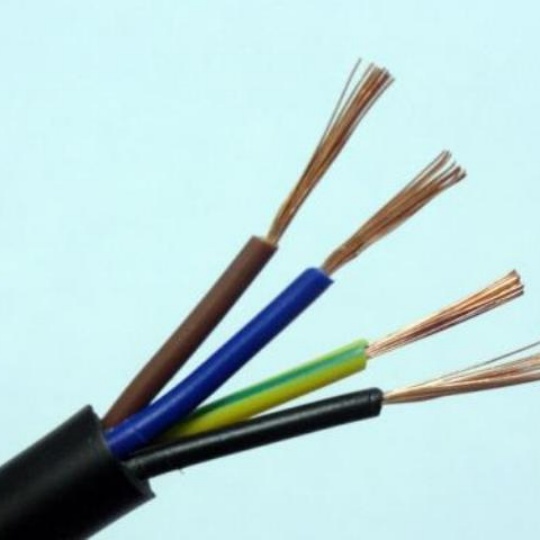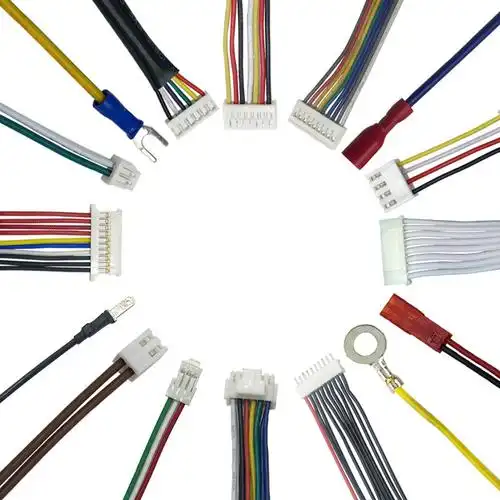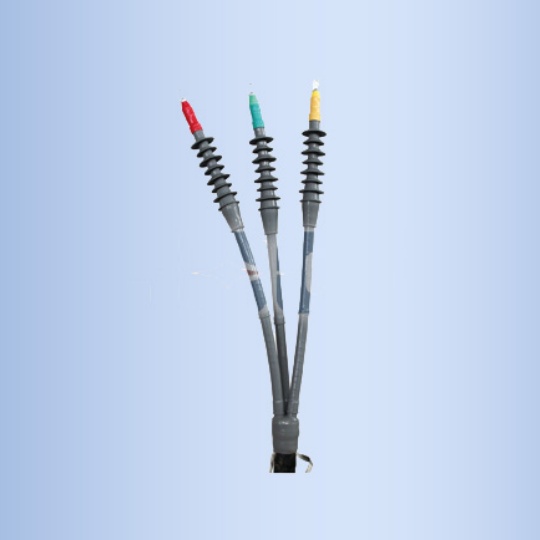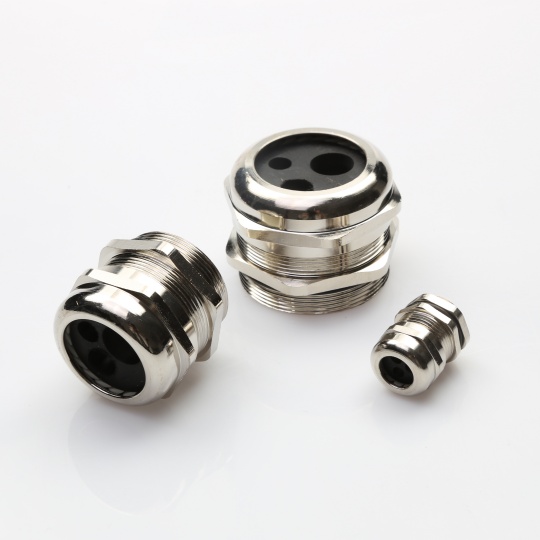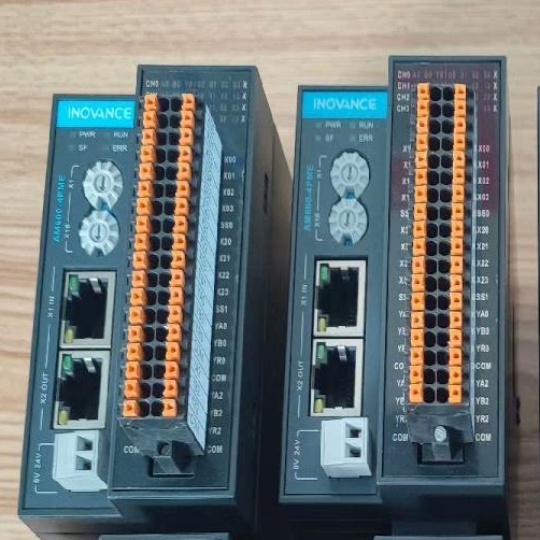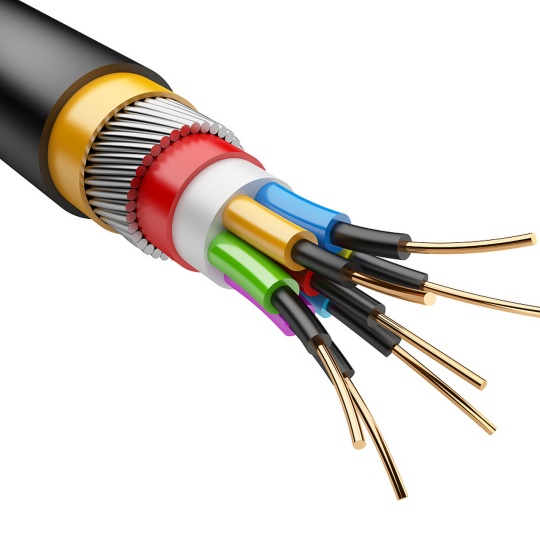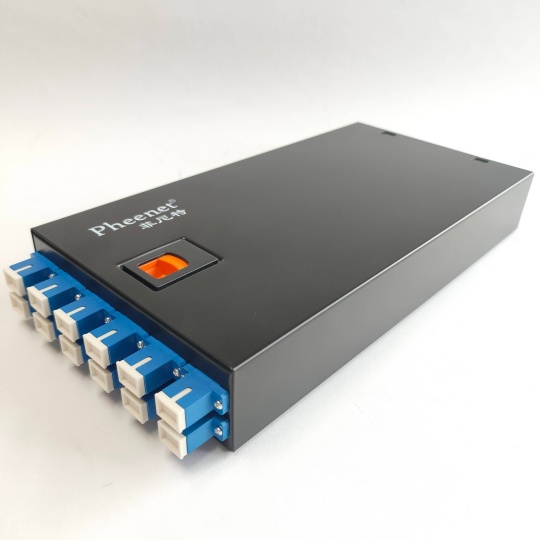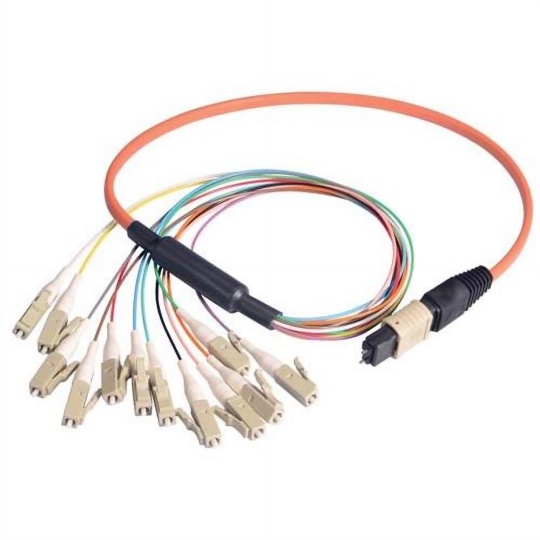How to Solve the Pressure Compensation Problem for Subsea Fiber Optic...
Subsea fiber optic cable connectors play a crucial role in the reliable transmission of data and signals in underwater environments. However, the significant pressure differences between the deep – sea and the surface pose a major challenge to their performance and durability. Solving the pressure compensation problem is essential to ensure the long – term and stable operation of these connectors. Here are some effective ways to address this issue:
1. Pressure – Balanced Design
1.1 Oil – Filled Chambers
One common approach is to use oil – filled chambers within the connector. The connector is designed as a sealed, oil – filled, pressure – balanced mechanical device. As the external seawater pressure changes with depth, the oil inside the connector can freely move and adjust the internal pressure. For example, when the connector is deployed to greater depths where the external pressure increases, the oil will be compressed, but the overall pressure inside the connector will rise to match the external pressure. This helps prevent damage to the delicate optical components and ensures that the connector maintains its integrity.
1.2 Bladder – Type Pressure Compensation
Another popular method is the use of a bladder – type pressure compensation system. A flexible bladder is installed within the connector. The bladder is in contact with the external seawater on one side and the internal environment of the connector (usually filled with a suitable fluid) on the other side. As the external pressure varies, the bladder expands or contracts. When the external pressure increases, the bladder contracts, pushing the internal fluid to adjust the internal pressure. Conversely, when the external pressure decreases, the bladder expands. This mechanism provides a dynamic way to balance the pressure across the connector, protecting it from the harmful effects of pressure differentials.
2. Material Selection
2.1 High – Strength and Pressure – Resistant Materials
The materials used in the construction of subsea fiber optic cable connectors must be able to withstand high pressures. For the outer housing, materials such as titanium alloys or high – strength plastics are often chosen. Titanium alloys offer excellent strength – to – weight ratios and high corrosion resistance, which are essential for long – term use in seawater. High – strength plastics, on the other hand, can also provide good pressure resistance while being more cost – effective in some cases. For the internal components, materials that can maintain their mechanical and optical properties under pressure are selected. For example, the optical ferrules may be made of materials with low coefficient of thermal expansion to prevent misalignment due to pressure – induced temperature changes.
2.2 Sealing Materials
Proper sealing is crucial for pressure compensation. Sealing materials should have excellent resistance to seawater, high – pressure environments, and temperature variations. Materials like fluorosilicone rubber are commonly used for seals in subsea connectors. Fluorosilicone rubber has good flexibility, high – temperature resistance, and excellent resistance to seawater corrosion. It can form a reliable seal around the connector components, preventing seawater from entering the internal parts and ensuring the effectiveness of the pressure compensation system.
3. Design Considerations
3.1 Compact and Streamlined Design
A compact and streamlined design helps reduce the overall stress on the connector due to external pressure. A bulky or irregularly shaped connector may experience uneven pressure distribution, which can lead to premature failure. By designing the connector to be as compact as possible while still accommodating all the necessary optical and mechanical components, the pressure – bearing surface area can be optimized. Additionally, a streamlined shape reduces the hydrodynamic forces acting on the connector when it is deployed or retrieved, further enhancing its durability.
3.2 Reducing Cavities and Void Spaces
Cavities and void spaces within the connector can trap air or other gases, which can cause problems under high – pressure conditions. These trapped gases can be compressed, leading to increased internal pressure or even the formation of bubbles that can interfere with the optical performance of the connector. Therefore, the design should aim to minimize such cavities and void spaces. This can be achieved through careful engineering of the internal structure, such as using solid – state components whenever possible or filling small voids with a suitable material that can withstand pressure.
4. Testing and Quality Control
4.1 Pressure Testing
Before deployment, subsea fiber optic cable connectors must undergo rigorous pressure testing. This includes subjecting the connectors to simulated deep – sea pressure conditions in a pressure chamber. The connectors are tested at pressures equivalent to the maximum depth at which they are expected to operate, and sometimes even higher to ensure a safety margin. During the pressure test, the optical performance of the connector, such as insertion loss and return loss, is continuously monitored. Any degradation in performance indicates a potential problem with the pressure compensation mechanism or the overall design of the connector.
4.2 Long – Term Durability Testing
In addition to pressure testing, long – term durability testing is also essential. Connectors are tested for extended periods under cyclic pressure conditions that simulate the actual operating environment. This helps identify any potential fatigue – related failures in the pressure – compensating components, such as the bladder in a bladder – type pressure compensation system or the seals. By subjecting the connectors to these realistic and harsh test conditions, manufacturers can ensure that the connectors will perform reliably over their intended lifespan in the subsea environment.
5. Installation and Maintenance
5.1 Proper Installation
During installation, it is crucial to ensure that the pressure – compensating components of the connector are correctly installed. For example, if using an oil – filled connector, the oil filling process must be carried out carefully to avoid air bubbles. The connection between the pressure – compensating device and the rest of the connector should be secure and leak – free. Installation personnel should follow the manufacturer’s guidelines precisely to ensure that the pressure compensation system functions as designed.
5.2 Regular Maintenance and Inspection
Regular maintenance and inspection of subsea fiber optic cable connectors are necessary to detect any signs of wear or damage to the pressure – compensating components. Divers or remotely operated vehicles (ROVs) can be used to visually inspect the connectors for any signs of leaks, cracks, or other physical damage. The pressure – compensating fluids (such as oil) should be checked for contamination and replenished if necessary. By performing regular maintenance, potential problems can be caught early, preventing costly failures and ensuring the continued reliable operation of the subsea fiber optic cable network.



